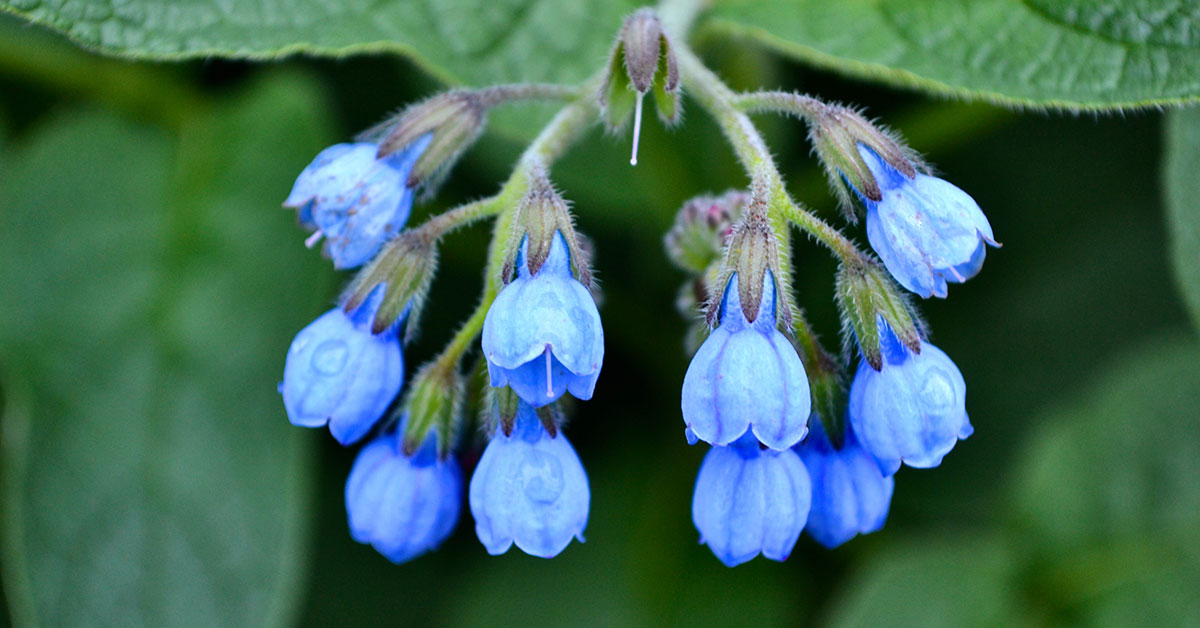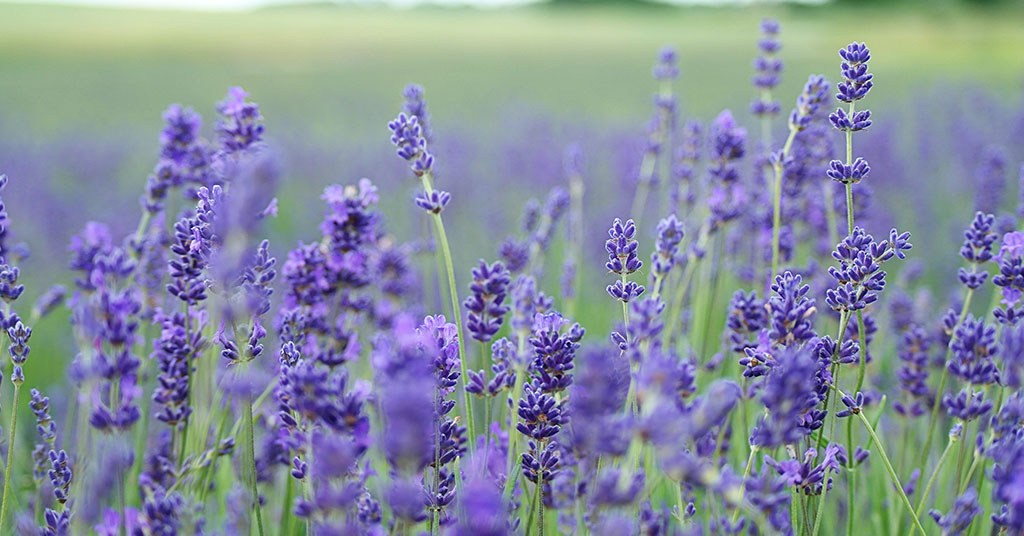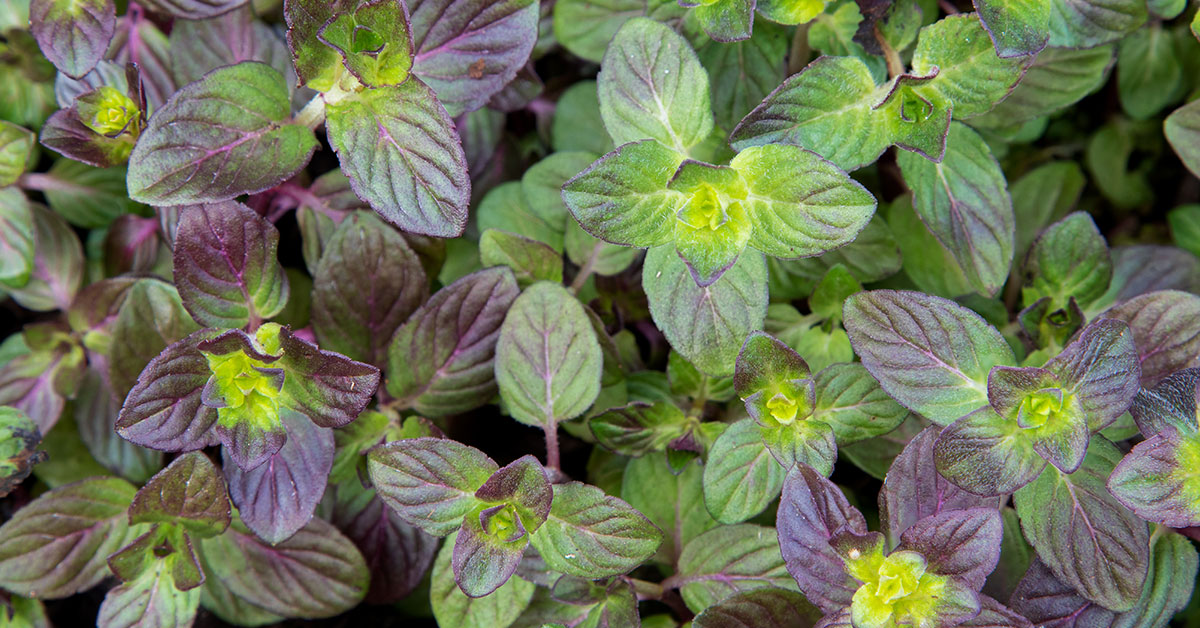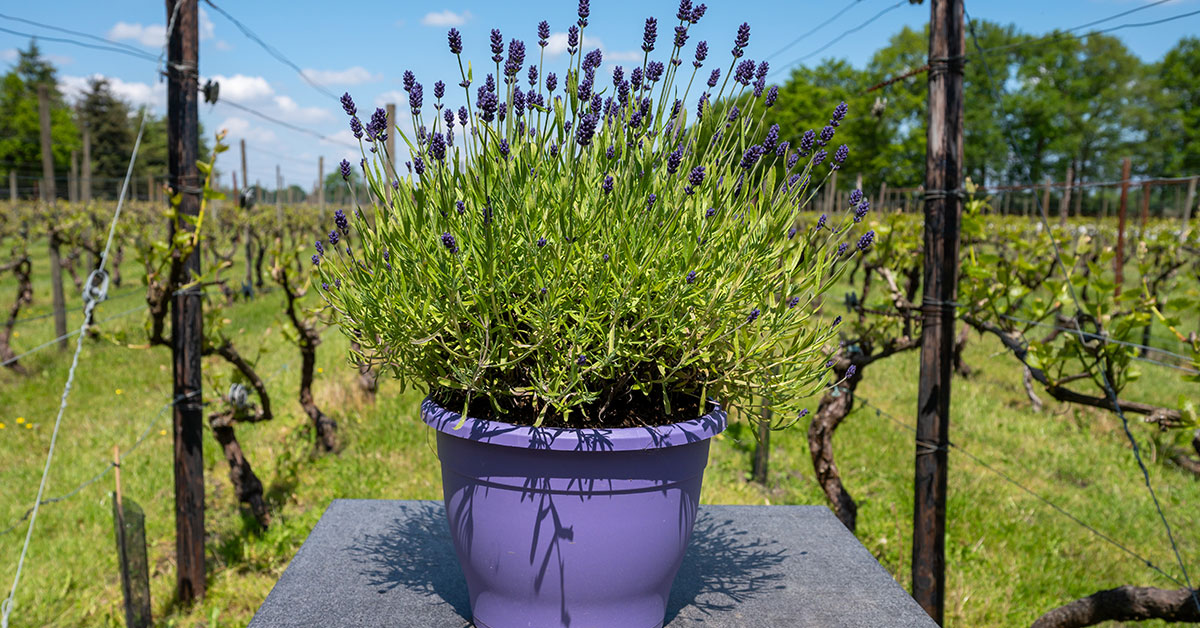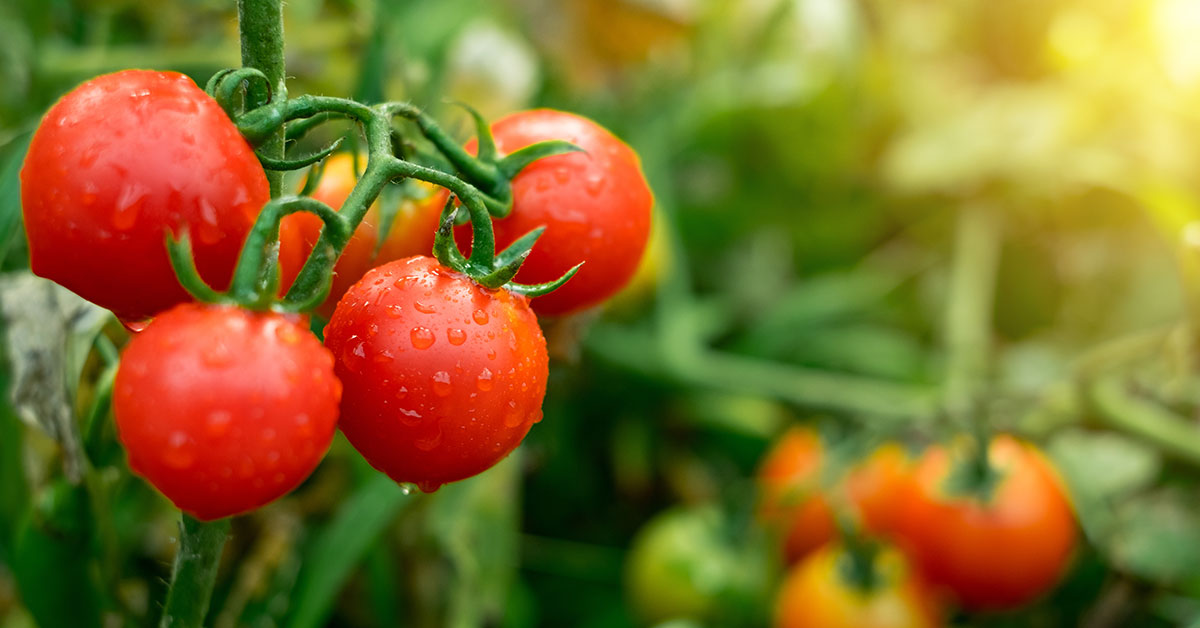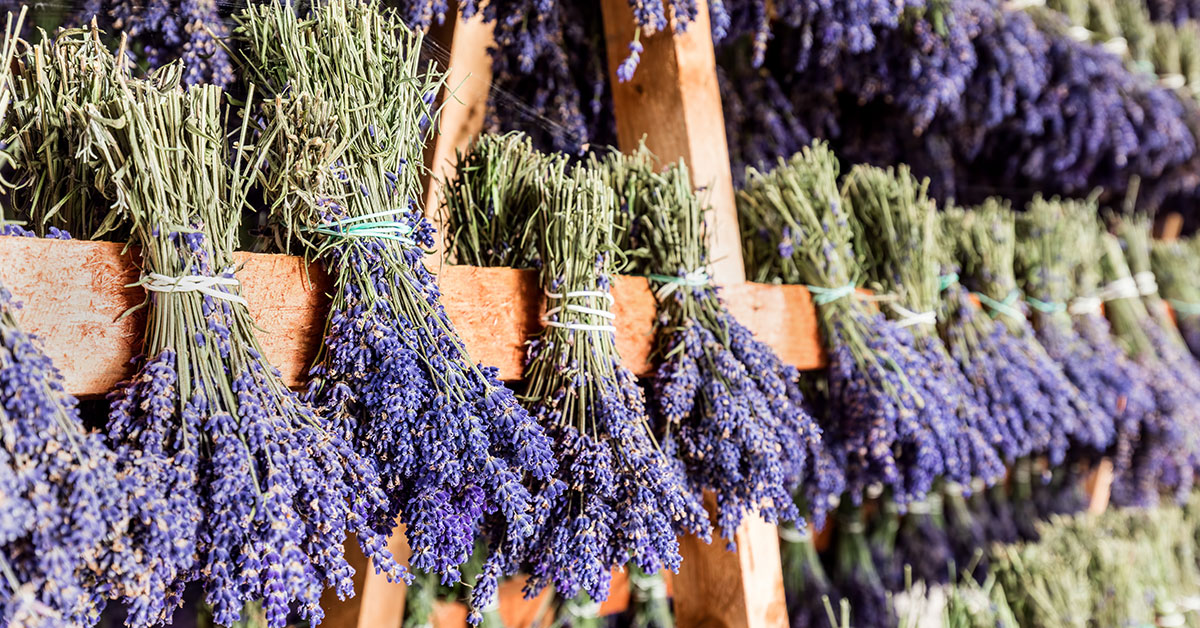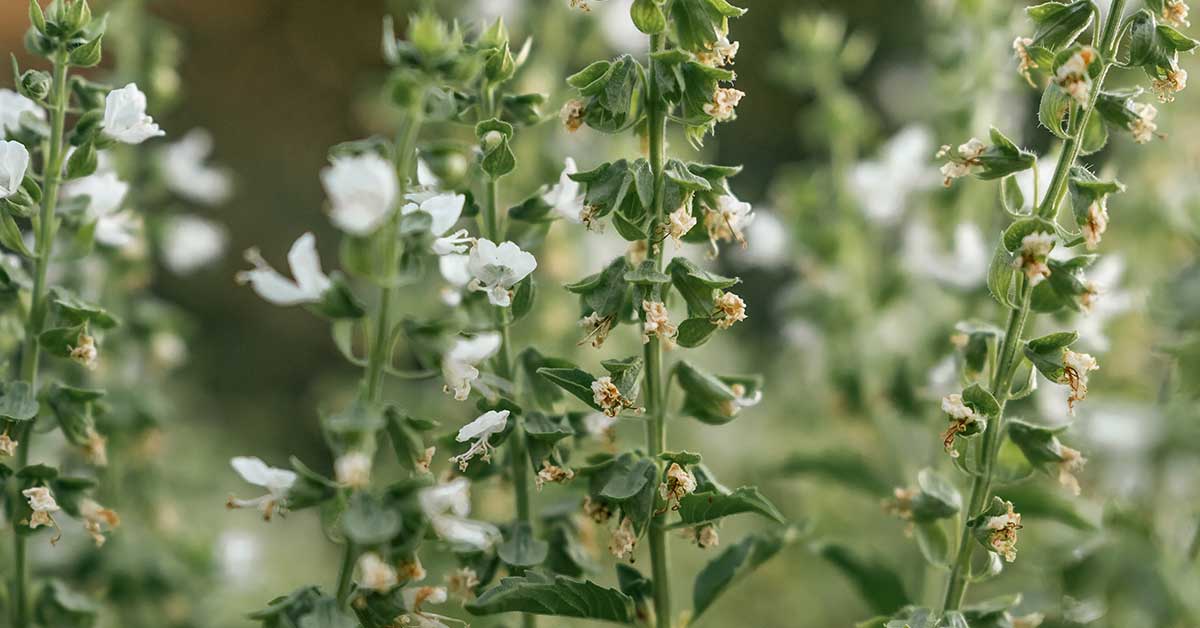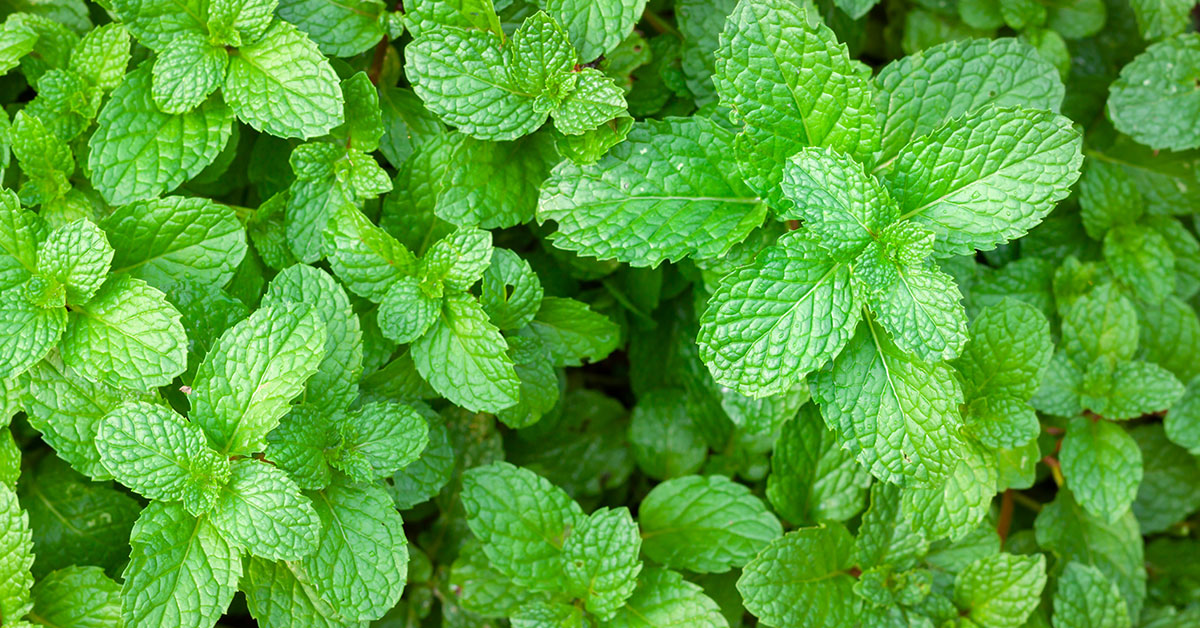Comfrey is a dynamic and versatile plant that has many uses in the home garden. It is an herbaceous perennial that is native to parts of Europe and Asia, and it has been used for centuries as a medicinal herb. Additionally, comfrey is a valuable addition to any garden because it is a great source of organic matter and nutrition for the soil. As well as being a wonderful companion plant that helps other plants to thrive. Growing comfrey is not difficult, and with a few simple steps, you can start cultivating this valuable plant in your own garden. We will discuss how to grow comfrey and the many benefits it can bring to your garden.
Why Do People Grow Comfrey?
Comfrey is a popular herb that is prized for its medicinal properties and its hardy, easy-to-grow nature. People grow comfrey for many reasons, ranging from its nutritional benefits to its potential to reduce inflammation and heal wounds. Rich in vitamins and minerals, comfrey can be used to make a nutritious tea or used as an ingredient in topical ointments. Its anti-inflammatory properties make it a great choice for treating sore muscles and joints, while its cell-proliferating properties make it a popular choice for treating skin wounds and bruises. Comfrey is also a great source of natural fertilizer for gardens, making it a great choice for those interested in organic gardening. All in all, comfrey is a versatile, easy-to-grow herb that can provide a variety of health benefits. As well as making gardening a more sustainable experience.
How To Grow Comfrey In The Garden
Comfrey is a hardy herb that can be grown in a variety of climates and soil types. To grow comfrey, start by gathering seeds from a local nursery or ordering them online. Plant the seeds in a sunny area with well-drained soil. Give the plants a deep watering every few weeks and fertilize the soil with a nitrogen-rich fertilizer. As the plants grow, keep them weeded and remove any dead or diseased foliage. In the late summer, cut the comfrey back to encourage fresh growth. Comfrey will die back in the winter but will re-emerge in the spring. When harvested correctly, comfrey can be used in a variety of ways, including as a medicinal plant, ornamental plant, or fertilizer.
Its fast-growing nature can make it very invasive. Comfrey can quickly spread throughout a garden, crowding out other plants. Its deep roots can also make it difficult to remove once it’s established. For these reasons, gardeners should be careful when growing comfrey. Some suggest planting comfrey in a pot or container to help control its spread. Additionally, cutting back comfrey regularly can help to keep it from overwhelming other plants in the garden.
Benefits Of Growing Comfrey In The Garden
Comfrey has long been associated with many benefits for the garden. It has deep roots, which make it an ideal choice for improving soil fertility. Not only does comfrey add nitrogen and other minerals to the soil, but its roots also break up compacted soil, allowing for better drainage and aeration. Additionally, comfrey is a great choice for companion planting, as its dense foliage can help suppress weeds and provide a habitat for beneficial insects. Finally, comfrey is an excellent choice for mulching, as it helps to retain moisture and moderate soil temperature. All of these benefits make comfrey an excellent addition to any garden.
Deadheading blooms on comfrey can be a powerful tool for reducing the invasive spread of this species. By removing the spent flowers before they go to seed, gardeners can prevent comfrey from spreading beyond its intended boundaries. Deadheading also helps to keep comfrey plants from becoming too large and unruly and encourages new growth and blooms. It is important to note that comfrey is a very hardy plant and deadheading should be done regularly to keep it from becoming a nuisance. With proper deadheading, comfrey can be a beautiful addition to any garden without becoming a problem for the environment.
Monitoring Your Comfrey For Signs Of Distress
Comfrey is a hardy perennial and will thrive in many soil types and climates. However, it can also be susceptible to disease and pests. To keep your comfrey healthy, look for signs of distress such as yellowing or wilting leaves, stunted growth, or an infestation of aphids or other pests. If you identify any of these signs, take immediate steps to address the issue. Remove affected leaves, treat them with an insecticide, and ensure that the soil is well-drained.
Common comfrey pests include aphids, slugs, and snails, all of which can feed on the plant’s leaves and stems. Diseases that can affect comfrey include fungus and bacterial blight, both of which can cause foliage to discolor and die. To protect comfrey from pests and diseases, it is important to practice good cultural practices, such as avoiding overcrowding of plants and ensuring good soil drainage. It is also helpful to inspect plants regularly and remove any affected foliage promptly.


